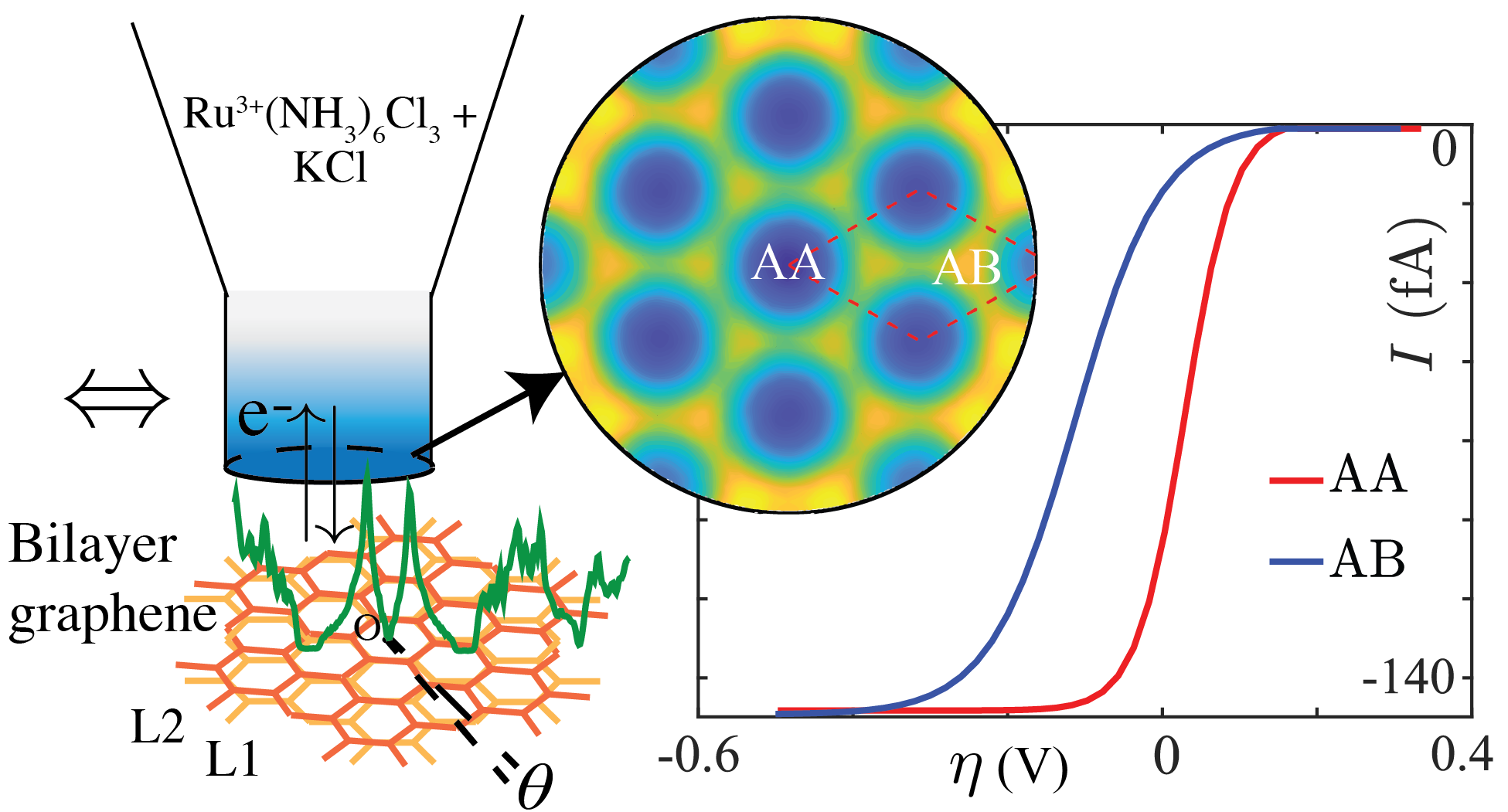Upcoming – Magnetic moment analysis for fast redox monitoring in Li-rich transition metal oxides
We use machine learning-assisted Density Functional Theory calculations to analyze the magnetic moment evolution in two model Li-rich Ni-rich cathode materials during charge-discharge. We find cationic redox is characterized by a monotonic increase in total magnetic moment, with almost negligle oxygen contribution. In contrast, the total magnetic moment dips during anionic redox due to pairing of 2p oxygen electrons. Magnetic moment characterization is thus a robust and course-grained redox monitoring tool for Li-rich transition metal oxide cathodes.

